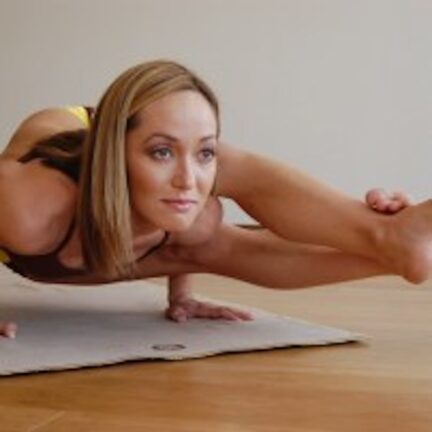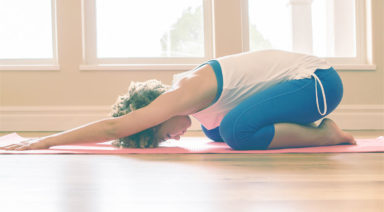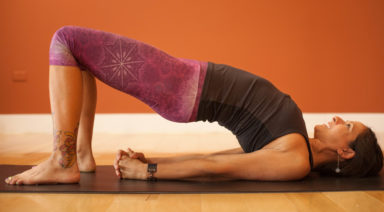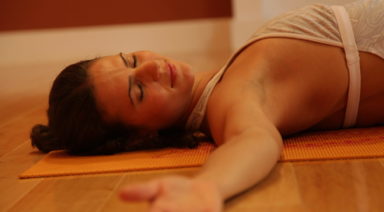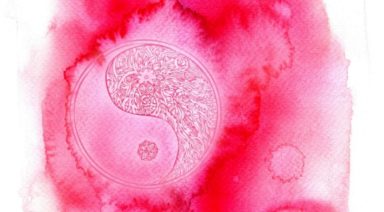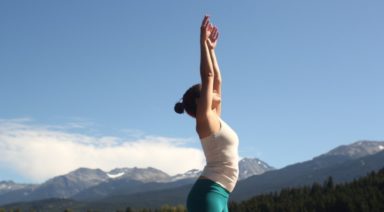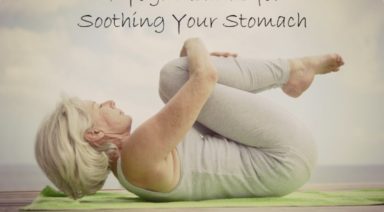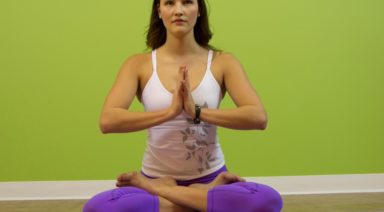Balance for Beginners in Ashtanga Yoga Standing Postures
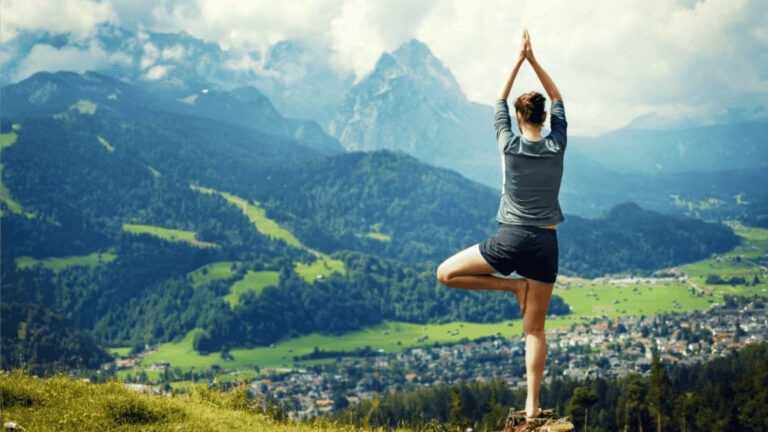
Balance is first and foremost a state of mind. After the inner calm is established the physical expression of balance in yoga postures appears. If you lose your balanced mind while attempting anything in yoga you defeat the entire purpose of the practice. Even if you manage to squeeze and tense your body into the appearance of balance, if the inner world is not calm then yoga is not happening in a meaningful sense. When attempting any of the standing and balancing postures in the Ashtanga Yoga method remember that balance comes from the inner world first.
The best way to learn balance is through trial and error. Each time you experience your body and yourself out of balance you learn how to better maintain your center of harmony. In the standing postures of Ashtanga Yoga many beginners experience shaking and trembling of the limbs in addition to the feeling of perpetually being out of balance. Rather than being discouraged by this, new students should realize that this is the essence of learning balance. If a student does indeed fall out of a standing posture their body is learning how to maintain balance even more. While many people aim to achieve perfect balance on the first try, the true student is one who is willing to learn balance slowly over many years.
One of the first challenges to your sense of balance is a posture called Ardha Baddha Padmottanasana. This involves balancing on one leg while holding half lotus position and folding forward over the stranding leg. Combining both external rotation of the hip joint with a good understanding of inner balance this posture requires patience, focus and dedication.
Beginners may find that their hip joints are not open enough to stand in half lotus position. If this is the case an easy modification is a simple tree posture.
Tree posture is not actually included in the traditional Ashtanga Yoga method, but it can be used either as modification or preparation for Ardha Baddha Padmottanasana. In order to enter tree transfer the weight of your body onto your left foot. Then externally rotate your right hip joint and bring the right heel as close to the groin as possible.
Point the right knee out to the side and attempt to close the right knee joint fully. Engage your pelvic floor, suck in the lower belly and find your balance deep within your center. If this posture is possible and relatively easy for you, progress to the next level by moving your right foot into half lotus position. If you can balance well and your right knee feels good see if you can reach your right hand around your back to hold onto your right foot. Engage your pelvic floor to maintain the balance.
If your right knee feels good and you have a strong connection to your core, fold forward. If you loose the bind or could not take the bind around your right foot take both of your hands to the floor. After five breaths inhale and lift your chest, exhale as you settle in the posture. Inhale return to standing.
Throughout this movement avoid the temptation to hold on too tightly or force your body. Find the inner balance through a graceful connection to your inner body. When you feel yourself gripping to hard or forcing the movement, relax, stay where you are and just breathe. Over time you will experience balance of the body and mind.
Natarajasana: Lord of the Dance Pose

ADJUSTMENTS | BENEFITS | SEQUENCING | SANSKRIT | STEPS
Natarajasana (not-ah-raj-AHS-anna) is a physically challenging, beautiful pose that requires flexibility in the spine, legs, and hips. To practice the pose, use a thoughtful sequence filled with plenty of preparatory poses in order to make sure your body – and mind – are adequately prepared. Regular practice will help develop strong mental fortitude and determined concentration.
Philosophy + Origin
A physical embodiment of King Nataraja, a form of the lord Shiva, lord of the dance pose (also referred to as king dancer pose) is a tribute to this powerful god of destruction. Embracing destruction and even death as part of the cycle of change and growth, this pose is a helpful reminder that no good can exist without evil, no birth without death.
In most depictions of King Nataraja, he is standing on one leg (hence the shape of the pose), gazing over the head of a small dwarf, whose presence represents ignorance. In this way, lord of the dance pose encourages our consciousness to elevate above ignorance, above the common thoughts and misunderstandings that cloud our view. The balance that comes from the pose awakens our understanding that clarity brings steadiness.

